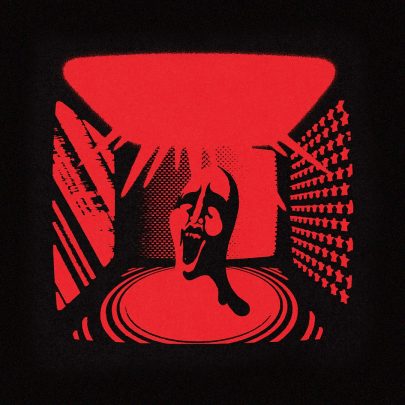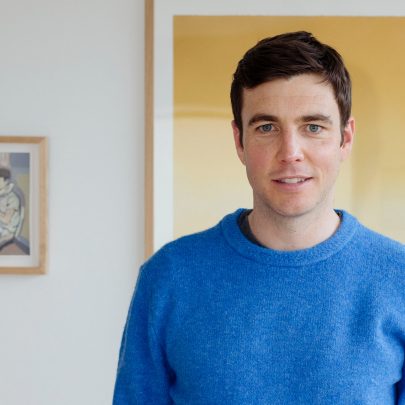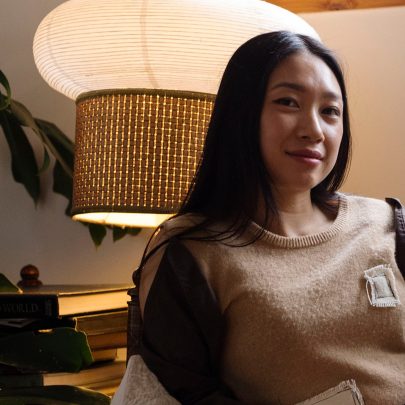Jul 26, 2015 Film & TV
An American production with an all-Scottish/UK cast, Outlander is based on a series of books by Diana Gabaldon, a former environmental science professor. She’s now up to volume eight of her time-travelling romance featuring odd couple Claire, an English World War II nurse, and Jamie, an 18th-century Scottish outlaw. The TV adaptation is by Ronald D. Moore, whose previous work on the critically acclaimed space opera Battlestar Galactica shows he knows a thing or two about subverting genre-TV conventions.
Still, in a televisual era defined by male anti-heroes, it seems astonishing that a book usually filed alongside titles such as Taken for Revenge, Bedded for Pleasure could make the leap to serious TV. But then, Outlander isn’t your everyday romance. Yes, Claire is spunky and beautiful. Yes, she has the kind of “unruly” curly hair that somehow always falls just-so. She’s capable and pragmatic and often adorably hot-tempered. No wonder Jamie Fraser, a well-born Highlander on the run for a murder he didn’t commit, finds her irresistible.
But their relationship isn’t what you might expect. Claire’s older than Jamie, for one thing, and already happily married when they meet. That means she’s significantly more sexually experienced than her beau, who, despite looking like Adonis in a plaid skirt, is still a virgin. In grand romance-novel tradition, he saves her life on multiple occasions — but she saves his too. When they argue, it’s usually over stifling 18th-century gender norms, which Claire finds even harder to adjust to than a neeps-based diet.
And when they make up, they… well, you know what happens next. It’s hardly surprising that the sex in a fantasy written by a woman, from a female point of view, would look a little different from TV’s usual wham-bam sexposition. But Outlander’s depiction of sex is little short of revolutionary, as evidenced by the ecstatic online reaction to episode seven, “The Wedding”, essentially a series of sex scenes that pointedly emphasise feminine pleasure and the female gaze.
So, plenty of sex — and violence too. British PM David Cameron was apparently so concerned about England’s brutal treatment of the Scots in the show that he intervened to delay its UK premiere until after the Scottish referendum. Then there’s the show’s villain, so unspeakably evil he’d make Game of Thrones’ Ramsay Bolton hide behind the couch. Sexual violence reappears with strangely ho-hum regularity: in one episode, Claire is nearly raped twice, by two different men, within the space of 20 minutes. But unlike the similarly rape-obsessed Game of Thrones, Outlander shows the physical and psychological repercussions in unflinching detail. I’m not certain the extended scenes of sadistic depravity that closed the season were entirely necessary, but at least they felt honest.
It’s all about a million miles from the Wuthering Kilts-style schlock you might expect from the show’s marketing. Just when you think you have Outlander figured out, it’ll go and mess with your expectations and show you something strange, or beautiful, or gut-wrenchingly horrific. Outlander is like nothing else on television. Prepare to be surprised.





